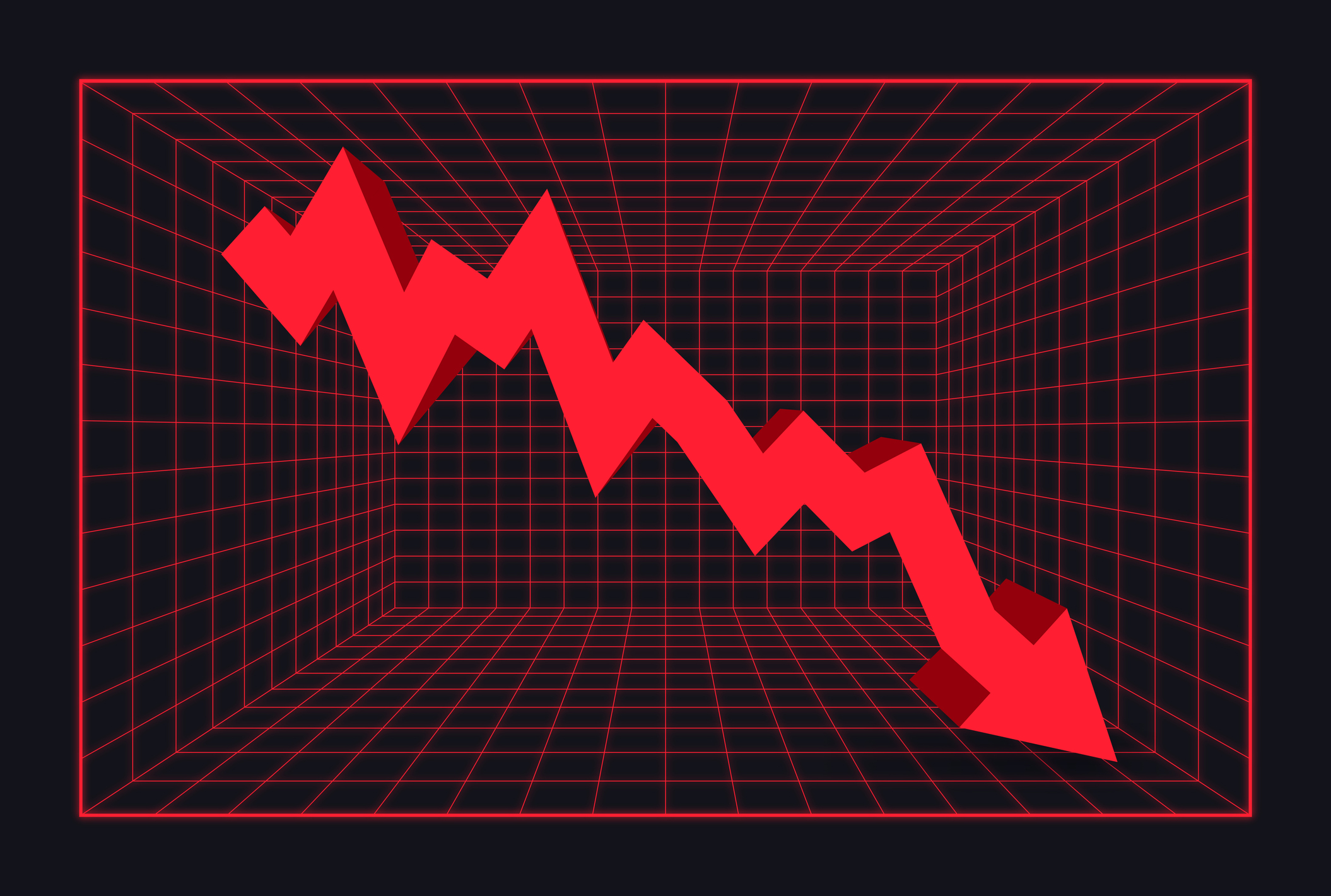3 Ways to Save on Your Tax Bill Going Forward
The tax deadline was July 15 this year, and if you found yourself paying the IRS more than you’d like, it’s time to focus on tax planning. There are moves you can make now to save on taxes in the future.


Tax planning is all about tax efficiency, making sure the various pieces of your financial plan work together in the most tax-efficient way. Tax planning is especially important in retirement; if you can keep your tax liability as low as possible in your golden years, you can keep more of your hard-earned money in your pocket.
An important thing to note about tax planning is that it’s not something to do one time and forget about. This is an ongoing process and should be part of your comprehensive retirement plan.
Skip RMDs in 2020
The CARES Act was signed into law at the end of March to provide relief to people and businesses impacted by the coronavirus pandemic. While there was a lot of attention given to the $1,200 stimulus checks many Americans received, there hasn’t been a lot of talk about other aspects of the law that impact retirees specifically.
From just $107.88 $24.99 for Kiplinger Personal Finance
Be a smarter, better informed investor.

Sign up for Kiplinger’s Free Newsletters
Profit and prosper with the best of expert advice on investing, taxes, retirement, personal finance and more - straight to your e-mail.
Profit and prosper with the best of expert advice - straight to your e-mail.
Required minimum distributions have been suspended for 2020, meaning retirees who own a qualified account, like an IRA or 401(k), and beneficiaries taking distributions from an account do not have to withdraw money this year. This includes anyone who turned 70½ in 2019 and would have had to take their first RMD by April 1, 2020. The CARES Act gives those people relief from their 2019 and 2020 RMDs. The two biggest benefits to skipping your RMDs this year are keeping that money in your account to grow and avoiding the taxes that are due when you withdraw money and count it as earned income.
If you’ve already taken your RMDs but don’t need the money, you can put that money back into your account to avoid counting it as income this year. Keep in mind, you only have a 60-day window to do it; the money must be put back into the account by Aug. 31, 2020. If you’ve taken all or part of your RMD for 2020 and want to understand your options, talk with your financial adviser before the August deadline.
Max Out Retirement Contributions
Beyond the immediate tax benefits of maxing out your retirement contributions, saving money early and often is an important part of increasing your retirement security. You can contribute up to $19,500 in your 401(k) in 2020 and up to $6,000 in your IRA. Those 50 and older can add an extra $6,500 to their 401(k) and an additional $1,000 to an IRA.
How much you contribute to your retirement accounts during your working years — and the types of accounts you contribute to — will impact how much you pay in taxes both now and in retirement. Contributing to a traditional 401(k) or IRA reduces your taxable income for the year. The money you put into these accounts grows tax deferred until you withdraw it in retirement.
The SECURE Act, which took effect on Jan. 1, allows you to continue putting money into your IRA at any age as long as you are still working. In the past, you could not contribute to an IRA after age 70½. The new rule gives you a valuable tax benefit now and helps you save more for retirement. Depending on whether a Roth IRA will benefit you in retirement, this new rule also gives you more time to convert your traditional IRA to a Roth IRA while you’re still working.
Convert to a Roth
Speaking of Roth IRAs, there is a great opportunity right now to convert your tax-deferred accounts, like traditional IRAs and 401(k)s, to tax-free accounts, like a Roth IRA. The balance in your traditional IRA or 401(k) account might be down due to the volatility we’ve experienced this year; combine that with our historically low tax rates and the taxes you’ll pay on the conversion now could be lower than in the future. You’ll owe the IRS when converting money from a traditional IRA to a Roth IRA, but you will withdraw that money tax free from your Roth in retirement. I have never heard anyone complain about tax-free retirement income!
Roth IRAs play an important role when it comes to tax diversification. A mix of tax-deferred, tax-free and taxable accounts (like your brokerage and savings accounts) will help you better control your tax liability in retirement; you gain more flexibility over how much money you withdraw and from which account.
If you’re curious about whether or not a Roth conversion could benefit you, talk with your tax professional and financial adviser about your options.
Profit and prosper with the best of Kiplinger's advice on investing, taxes, retirement, personal finance and much more. Delivered daily. Enter your email in the box and click Sign Me Up.

Tony Drake is a CERTIFIED FINANCIAL PLANNER™ and the founder and CEO of Drake & Associates in Waukesha, Wis. Tony is an Investment Adviser Representative and has helped clients prepare for retirement for more than a decade. He hosts The Retirement Ready Radio Show on WTMJ Radio each week and is featured regularly on TV stations in Milwaukee. Tony is passionate about building strong relationships with his clients so he can help them build a strong plan for their retirement.
-
 Dow Trims Its Loss to 498 Points: Stock Market Today
Dow Trims Its Loss to 498 Points: Stock Market TodayMarkets are wondering more and more about returns on the enormous amounts of capital hyperscalers are investing in AI.
-
 5 Mark Cuban Quotes Every Retiree Should Live By
5 Mark Cuban Quotes Every Retiree Should Live ByThe billionaire businessman and Shark Tank alum has some advice that may surprise you.
-
 I'm a Financial Planner: To Beat Inflation and Build Wealth, This Is the Strategy You Need
I'm a Financial Planner: To Beat Inflation and Build Wealth, This Is the Strategy You NeedIf you want to build long-term wealth, there's a tried-and-trusted strategy, and it starts with recognizing the inflation-busting power of equities.
-
 I'm the CEO of a Credit Union: This Is What We Do to Earn Our Members' Trust
I'm the CEO of a Credit Union: This Is What We Do to Earn Our Members' TrustWhat people want most from their financial institutions is a financial partner that listens, responds and acts with their best interests at heart.
-
 Sharpening Your Focus: 'Hone' Authors on How Leaders Can Keep Their Businesses on Track
Sharpening Your Focus: 'Hone' Authors on How Leaders Can Keep Their Businesses on TrackBusiness owners like this chef could learn valuable lessons from 'Hone,' including how caving in to pressure to quickly expand could lead to business 'drift.'
-
 Your Four-Step Guide to True Financial Freedom, From a Financial Planner
Your Four-Step Guide to True Financial Freedom, From a Financial PlannerYes, you can achieve financial independence, even if it seems elusive. While it may not be an easy journey, these are the steps to get things rolling.
-
 The Private Annuity Sale: A Smart Way to Reduce Your Estate Taxes
The Private Annuity Sale: A Smart Way to Reduce Your Estate TaxesIn a private annuity sale, you transfer a highly appreciated asset to an irrevocable trust in exchange for a lifetime annuity.
-
 I'm a Real Estate Investing Pro: This High-Performance Investment Vehicle Can Move Your Wealth Up a Gear
I'm a Real Estate Investing Pro: This High-Performance Investment Vehicle Can Move Your Wealth Up a GearLeave online real estate investing to the beginners. Accredited investors who want real growth need the wealth-building potential of Delaware statutory trusts.
-
 These Eight Tips From a Retirement Expert Can Help to Make Your Money Last Through Retirement
These Eight Tips From a Retirement Expert Can Help to Make Your Money Last Through RetirementAre you worried you will outlive your money? Considering these eight tips could go a long way toward ensuring your retirement money lasts as long as you do.
-
 I'm an Investment Adviser: This Is the Retirement Phase Nobody Talks About
I'm an Investment Adviser: This Is the Retirement Phase Nobody Talks AboutWhat you do in the five years before retirement and the first 10 afterward can establish how comfortable you'll be for the rest of your life.